Last year, a traveler named Sarah visited the bustling city of Shiraz during Nowruz, the Persian New Year. Eager to immerse herself in the local culture, she decided to explore Iranian desserts, a lesser-known but integral part of Persian culinary tradition. Walking through the bazaars, Sarah was enchanted by the colorful displays of saffron-infused pastries, rosewater-scented treats, and almond-based delights. One shop owner handed her a piece of baklava drizzled with honey, encouraging her to take a bite. The intricate layers of flavor transported her to a realm of sweetness she had never experienced before. That day, she not only tasted Iranian desserts but also discovered the stories, heritage, and craftsmanship behind every dish. If you, too, are curious about the world of Iranian sweets, this guide will give you a detailed insight into their unique flavors and traditions.
The Unique Features of Iranian Desserts
Iranian desserts are deeply rooted in the country’s history, geography, and culture. They often feature aromatic ingredients like saffron, rosewater, and cardamom, combined with nuts, dried fruits, and honey. Many desserts are prepared using time-honored recipes passed down through generations, making them both delicious and symbolic. Unlike overly sweet confections found in some cuisines, Iranian desserts are often subtly sweet, allowing the natural flavors of the ingredients to shine through.
Famous Iranian Desserts You Must Try
Baklava (Bâqlavâ)
Baklava is one of Iran’s most iconic desserts, known for its flaky layers of phyllo dough filled with crushed pistachios, almonds, or walnuts. It’s sweetened with a fragrant syrup made from honey, rosewater, or orange blossom water. This dessert is often enjoyed during celebrations and family gatherings.
Faloodeh
Originating from Shiraz, faloodeh is a refreshing dessert made from thin vermicelli noodles mixed with a semi-frozen syrup of sugar and rosewater. Served with a splash of lime juice or sour cherry syrup, it’s the perfect treat for hot summer days.
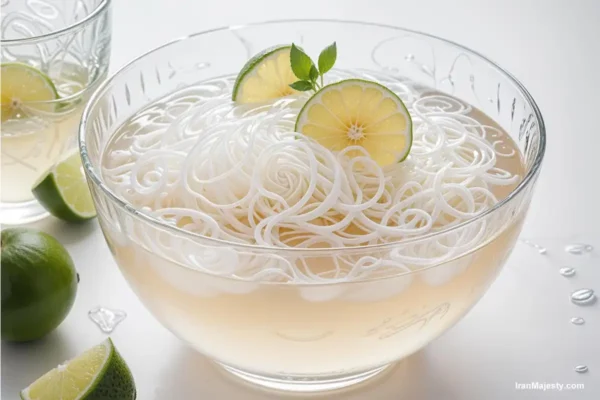
Sholeh Zard
This vibrant saffron rice pudding is a staple at Iranian gatherings, particularly during religious ceremonies. It’s made with rice, sugar, saffron, and rosewater, then topped with cinnamon and slivered almonds for added texture and flavor.
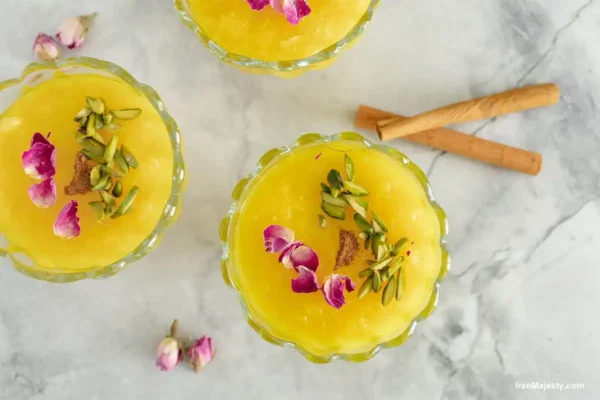
Zoolbia and Bamieh
Often paired with a cup of Persian tea, zoolbia and bamieh are fried sweets soaked in syrup. Zoolbia is a crispy, web-shaped pastry, while bamieh resembles small doughnuts. These are especially popular during Ramadan.
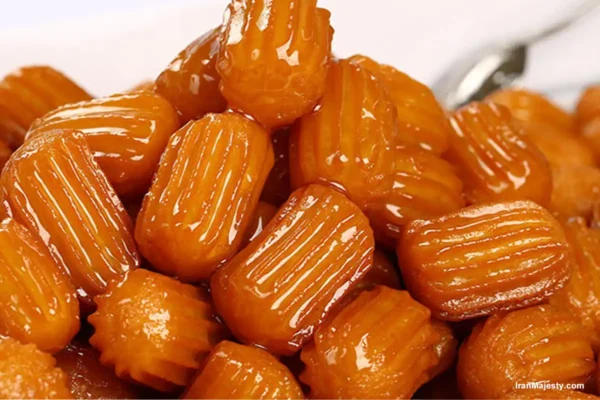
Koloocheh
Koloocheh is a traditional cookie filled with a mixture of walnuts, sugar, and cinnamon. It’s often served during Nowruz and makes for a delightful pairing with tea.
Sohan
This saffron-infused brittle candy hails from the city of Qom. Made with wheat sprout flour, sugar, and butter, it’s often topped with slivered pistachios. Sohan is both a treat and a popular souvenir for visitors.
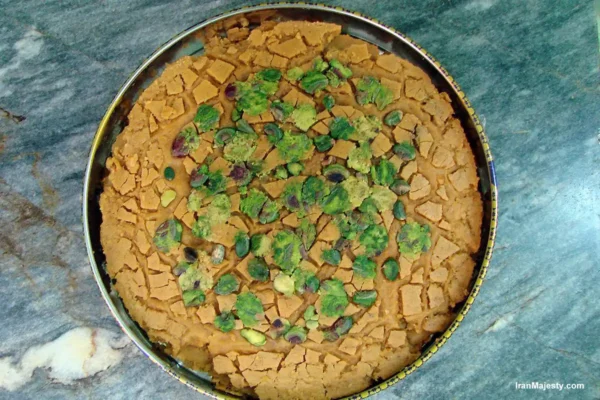
Halva
Iranian halva is a rich, fragrant dessert made from toasted flour, sugar, rosewater, and saffron. Unlike its Middle Eastern counterpart, it’s softer and often shaped into decorative designs for special occasions.
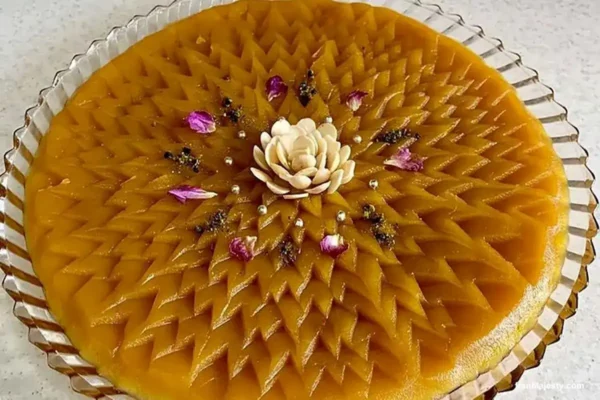
Gaz
Gaz, a nougat-like sweet, originates from Isfahan. Made with sap from the tamarisk tree, it’s mixed with pistachios or almonds for added crunch. Its soft texture and subtle sweetness make it a favorite among locals and tourists alike.

Ranginak
A dessert from southern Iran, ranginak consists of dates stuffed with nuts and coated in a mixture of toasted flour, cinnamon, and cardamom. It’s a simple yet flavorful dish often served with tea.
Shirini Napeloni (Napoleon Pastry)
This dessert features layers of flaky pastry filled with cream or custard, topped with powdered sugar. While influenced by French patisserie, it has become a beloved part of Iranian dessert culture.
Pashmak (Iranian Cotton Candy)
Pashmak is a delicate, thread-like dessert made from sugar and flour. It is often flavored with rosewater or saffron and is a delightful treat for special occasions.
Nokhodchi (Chickpea Flour Cookies)
Nokhodchi are small, clover-shaped cookies made from chickpea flour, sugar, and cardamom. They’re melt-in-your-mouth soft and a staple during Nowruz.
Yakh Dar Behesht
Translated as “Ice in Paradise,” this dessert is a creamy, chilled dish made with milk, rice flour, and rosewater. It’s often garnished with pistachios or cinnamon.
Qottab
Hailing from Yazd, qottab is a deep-fried pastry filled with almonds, sugar, and cardamom. Its crispy exterior and sweet, nutty filling make it irresistible.
Shir Berenj (Milk Rice Pudding)
This simple yet comforting dessert is made with rice, milk, and sugar. Often flavored with rosewater and garnished with cinnamon, it’s a classic Iranian dish.
Ab-Havij Bastani (Carrot Juice with Ice Cream)
A unique combination of freshly squeezed carrot juice and creamy vanilla ice cream, this dessert-drink hybrid is both refreshing and indulgent.
Nan-e Berenji (Rice Flour Cookies)
Nan-e Berenji are gluten-free cookies made with rice flour, sugar, and rosewater. They’re light and delicate, perfect for tea time.
Lavashak (Fruit Leather)
Lavashak is a tangy and chewy dessert made from pureed fruits like plums, sour cherries, or apricots. It’s both a snack and a nostalgic treat.
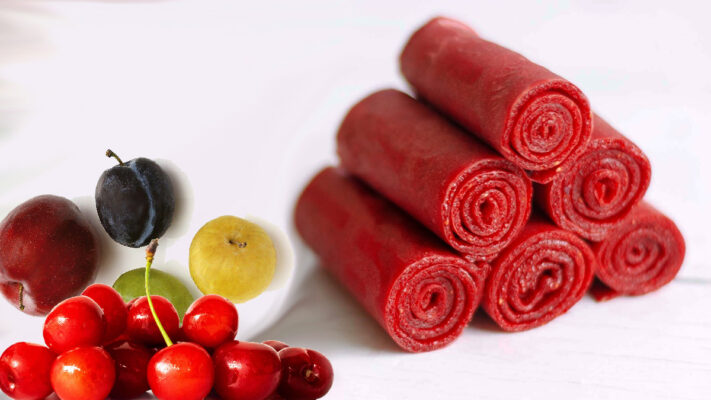
Bastani Sonnati (Traditional Ice Cream)
This saffron and rosewater-flavored ice cream often contains frozen chunks of cream and is served with pistachios. It’s a beloved Iranian classic.
The Role of Desserts in Iranian Culture
Iranian desserts are more than just food; they’re an expression of hospitality and tradition. Offering sweets to guests is a common gesture of kindness and respect. During Nowruz, desserts symbolize the sweetness of the coming year. In religious and family ceremonies, they serve as a means of connection, bringing people together over shared flavors and memories.
“Here’s an engaging video by Observe Foods on A Sweet Introduction to Iranian Desserts. I’m sharing it here to give you visual context—many thanks to the creator for their expertise.”

Conclusion: A Sweet Journey Worth Exploring
Exploring Iranian desserts is not just about indulging your sweet tooth—it’s a journey into the heart of Persian culture. From the saffron-laden sholeh zard to the nutty crunch of sohan, each dessert tells a story of artistry, history, and regional pride. Whether you’re savoring these treats in a bustling bazaar or recreating them in your kitchen, they offer a glimpse into Iran’s rich culinary heritage. If you’re planning to visit Iran, be sure to leave room for these sweet delights—they’re an experience you’ll want to share and remember forever.

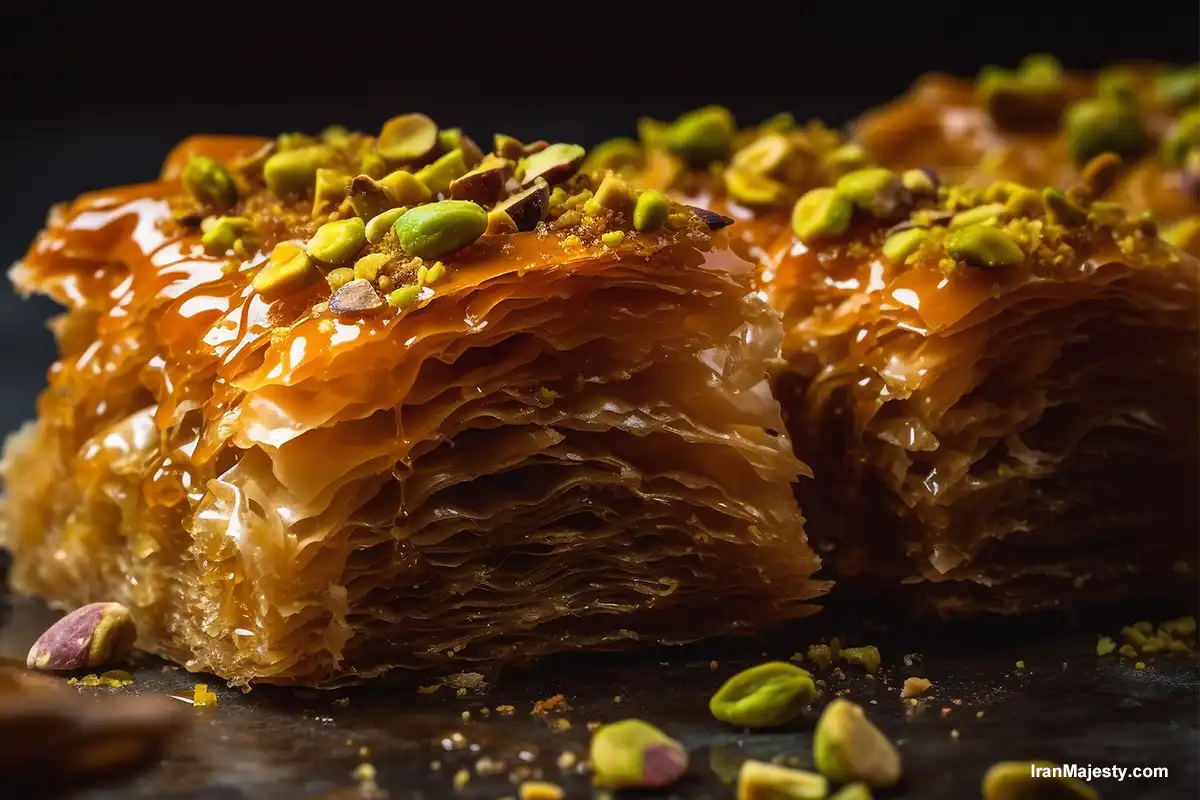
0 Comments